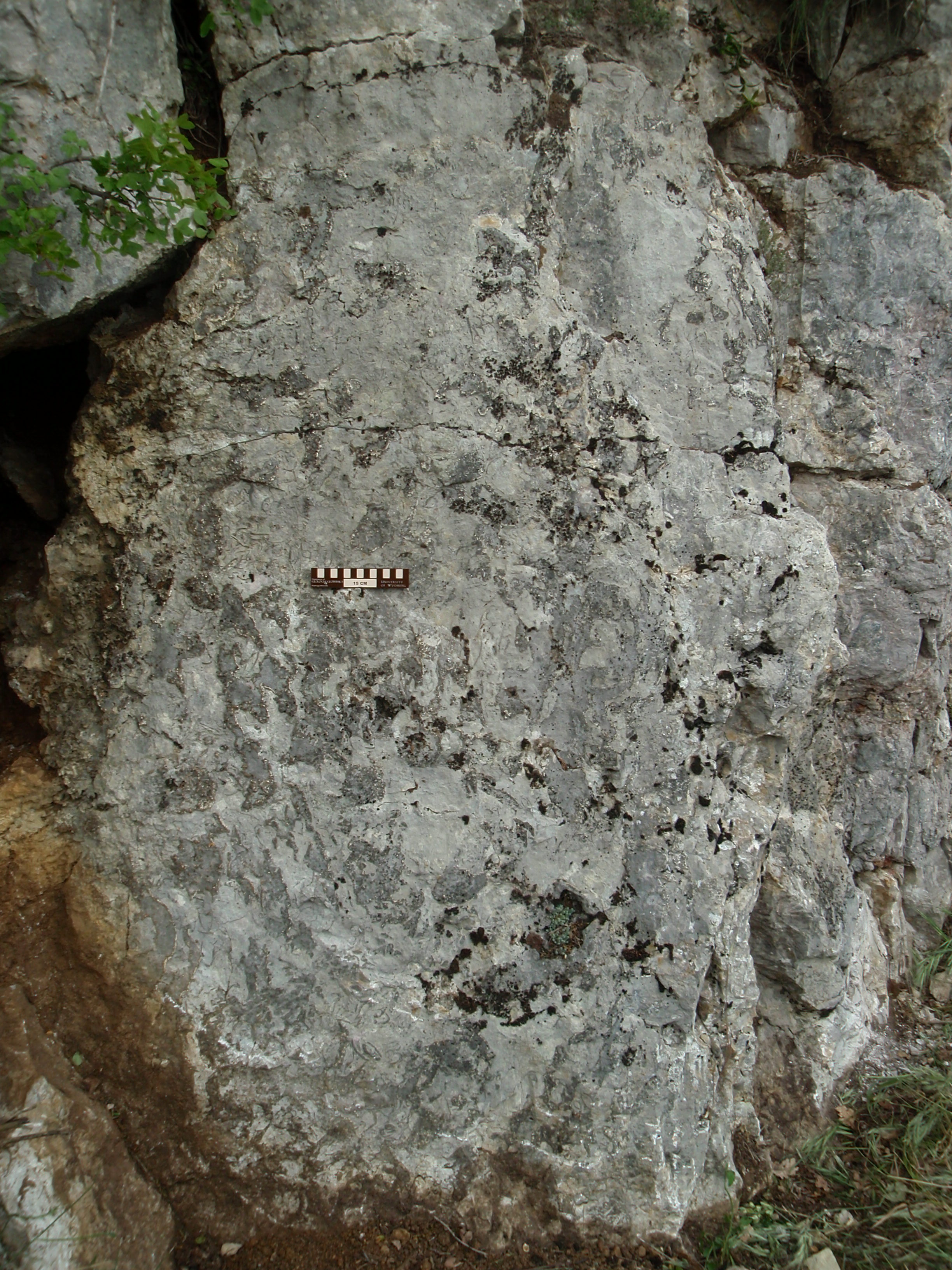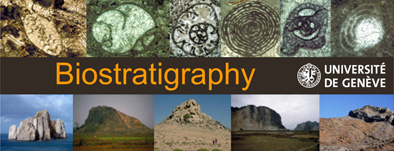
My Research
As for most geological period boundaries, the Triassic-Jurassic (T-J) changeover, about 200 Ma ago, was a critical juncture in Earth history during which profound biotic and environmental changes occurred. At the T-J boundary, after almost 100 Ma of existence, the Pangea supercontinent began a fragmentation that has proceeded to the present day. The most obvious manifestation of this process was the formation of the CAMP (Central Atlantic Magmatic Province), an estimated 2.5 million cubic kilometres of magmatic province. At approximately the same time, profound changes took place in the key elements of the biosphere, most remarkably in the marine carbonate producing organisms. However, processes and causes of biotic and environmental change at the T-J transition still remain controversial. Nevertheless, the idea of a temporary, sudden rise in temperature at that time has been put forward by various authors. Some others proposed a short-term cooling and acidification phase at the end of Triassic probably due to volcanic SO2 impact. The latter was followed by a dramatic “super greenhouse” in the lowermost Jurassic caused by long-term accumulation of volcanic CO2, enhanced by breakdown of biological pumping.
The purpose of TJCORA project is to address key questions concerning the understanding of evolutionary turnover of influenced fossils groups and of geochemical history of marine environments, and this by investigating coral reef associations. At the T-J boundary the reefal ecosystems are strongly affected and undergo a dramatic decline considering their high sensitivity to ecological factors. Particularly the Rhaetian corals, which were the main frame-builders on all the Tethyan margins, suffer a striking reduction correlative of their diversity. The characteristic coral association restriction in palaeogeographic distribution at down of the Jurassic arouses interest. They have almost uniquely been found in the westernmost point of the Tethyan gulf, being the only ideal place liable to be influenced by the polar waters at that time. This is consistent with the hypothesis of “hothouse”. These Jurassic coral associations are very little known still today, to such a point that some authors reported the first occurrence of a Jurassic reef from the Sinemurian of the Rocky Mountains. This is not a fact because at least ten occurrences of coeval reef/reefal environments exist, from the South of France to the British Isles.
The project will focus on an integrated study of the T-J boundary, involving sedimentological, palaeontological, palaeoecological and biogeochemical approaches. The results will then be integrated within a depositional model with implementation of detailed depositional-palaeoenvironmental schemes which combine palaeoecological and sedimentological information. We propose that the integration of the palaeoecostratigraphic events to the previously defined sedimentological and stratigraphic framework will allow us to capture climate variability representative of a large area of the western Tethys during the T-J accelerated biotic turnover.
Lecturer assistant for
Palaeobiology and Palaeontology, Regional Geology, Geomorphology and Geological fieldtrips for Bachelor and Master students.
MY publications and Abstracts
Gretz M., B. Lathuilière, R. Martini, A. Bartolini (2013) - The Hettangian corals of the Isle of Skye (Scotland): An opportunity to better understand the palaeoenvironmental conditions during the aftermath of the Triassic – Jurassic boundary crisis. Palaeogeography, Palaeoclimatology, Palaeoecology. doi: 10.1016/j.palaeo.2013.02.029
Gretz M., R. Martini, B. Lathuilière (2012) - Palaeoenvironmental conditions after the Triassic-Jurassic boundary crisis: a case study of Sinemurian coral reefs in France. 29th IAS Meeting of Sedimentology, Schladming, Austria, 10-13 September, p. 469. Abstract
Gretz M, B. Lathuilière, R. Martini (2012) - Coral reefs environments after the Triassic-Jurassic boundary crisis. 12th International Coral Reef Symposium, Cairns, Queensland, Australia, 9-13 July. Abstract
Gretz M., B. Lathuilière, R. Martini (2011) - The Hettangian corals of the Isle of Skye (Scotland): An extreme ecosystem just after the Triassic-Jurassic boundary crisis. 11th Symposium The International Association for the Study of Fossil Cnidaria and Porifera, Liege, Belgium, 22-26 August, p. 45-46. Abstract
Gretz M., R. Martini, B. Lathuilière (2010) - Surviving corals of the Triassic-Jurassic boundary crisis: Corals of the extreme? Euro ISRS Symposium 2010, Reefs in a changing environment, 13-17 December, Hof van Wageningen, The Netherlands, Poster session G: Reefs and Global Change, Paleo Perspectives, abstract vol., PG2, p. 279. Abstract
Gretz M., R. Martini, B. Lathuilière (2010) - Hettangian corals of the extreme: A response to the paleoenvironmental conditions during the T-J Boundary crisis? The 15th Symposium on the Geology of the Bahamas and other Carbonate Regions, Gerace Research Centre, 17-21 June, San Salvador, Bahamas, p. 21. Abstract
Gretz M., B. Lathuilière, R. Martini (2010) - Coraux hettangiens de l'extreme : une reponse a la crise de la limite Trias-Jurassique? Réunion spécialisée de la S.G.F., Lyon, France, 22-24 avril, p. 59. Abstract
Gretz M., R. Martini, B. Lathuilière (2010) - The Hettangian corals of the Isle of Skye: corals of the extreme? 18th Swiss Sedimentologists Meeting, Fribourg, Switzerland, 27 February, p. 23. Abstract


